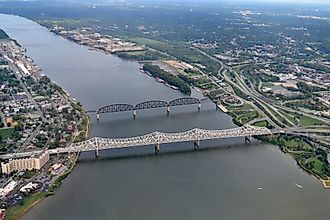Geography Of The World
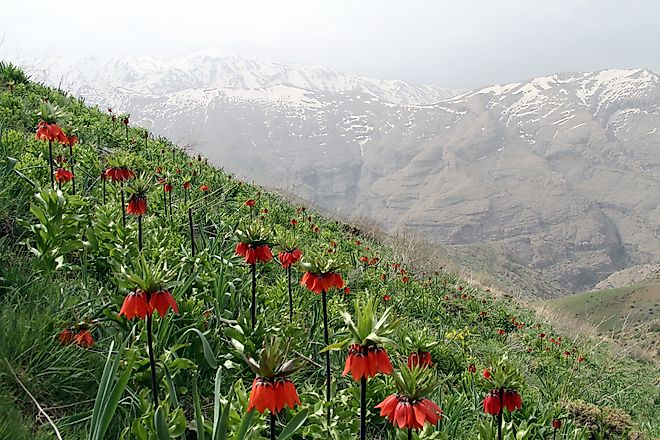
Zagros Mountains
The Zagros Mountain, a major mountain range in Central Asia, extends for a distance of 1,500 km between eastern Turkey and northern Iraq.
Blue Grotto, Malta
The Blue Grotto is a system of seven sea caverns, located on the outskirts of the southern town of Żurrieq, on the small Mediterranean island nation of Malta

Black Hills, South Dakota
The Black Hills is a mountain range and geographical region in the southwestern portion of the US state of South Dakota, extending into a part of Wyoming.
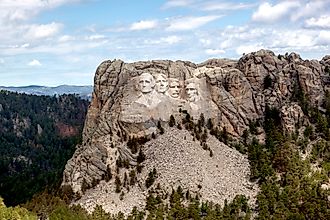
Lake Stratification
There are many different types of lakes in all different shapes, sizes, compositions and types. Lakes can be fresh water or saline, free flowing or stagnant.

Hanging Lake, Colorado
Hanging Lake is a naturally formed landmark located in Glenwood Canyon as part of the White River National Forest in Colorado, in the United States.

Blue Ridge Mountains, North Carolina
Located just 90 miles north of Atlanta, North Carolina’s Blue Ridge Mountains is just a Southern section of the more popularly well known Appalachian Mountains.
Lake Havasu
Lake Havasu is a human-constructed reservoir lake located between San Bernardino County in California and La Paz County in the state of Arizona.
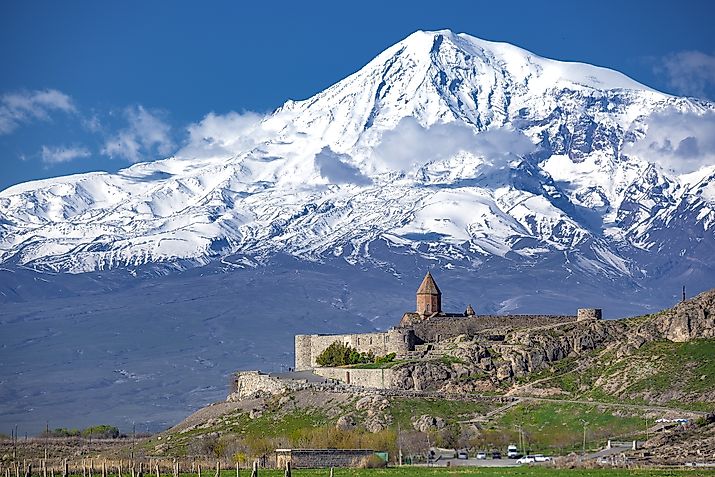
Mount Ararat
Mount Ararat is a popular destination for local and international mountain climbers in Turkey. The dormant volcano is also known as Mount Agri and Mount Masis.
Yemen Crisis
Control of Yemen is now divided between various militia groups and the internationally-recognized government of President Hadi.
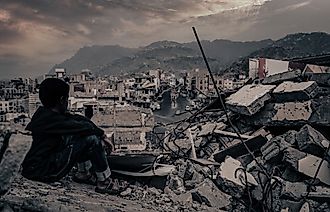

The Civil War In Libya
The Libyan Civil War began not long after the 2011 revolution that removed long-time dictator, Muammar Ghaddafi, from power.

Lake Nyos Disaster
On August 21st 1986, a disaster occurred in Lake Nyos caused by a natural limnic eruption which resulted in the death of 1,746 people and 3,500 livestock.

The Egypt-Sudan Border Dispute
This long border between Egypt and Sudan is not free of disputes. The two disputed areas along their borders are Halayib Triangle and Bir Tawil.
Coup D'Etat
A coup d’etat is the term used to describe the overthrow of a country’s government. The term is French in origin.
Korean Demilitarized Zone
The Korean Demilitarized Zone, or DMZ, is a buffer between the Democratic People’s Republic of Korea and the Republic of Korea.
Appalachian Mountains
The Appalachian Mountains are a series of mountain ranges that stretches from the eastern to the northeastern part of the continent of North America.
Areas Disputed By The US And Canada
Today, Canada and the US have 5 ongoing border conflicts like the Dixon Entrance, the Northwest Passage, and the Beaufort Sea.
How Old Is The United States?
According to the country’s history, the founding fathers signed the Declaration of Independence on July 4, 1776, making the country 245 years old as of July 4, 2021.
St. Lawrence River
The Saint Lawrence River is one of the largest hydraulic systems in the world. It is located along the Southeast of mainland Canada, with its outflow starting in Lake Ontario.
Lake Malawi
Lake Malawi is an African Great Lake, located on the Tanzania-Mozambique-Malawi border and known as Nyasa in Tanzania and Lago Niassa in Mozambique

Lake Chad
Lake Chad is a freshwater lake in Northern Central Africa, located in western Chad, with some of its parts extending into Cameroon, Nigeria, and Niger.

Siachen Glacier
Siachen Glacier, the world’s second-longest glacier in non-polar areas, lies in the Karakoram Range of the Himalayas, in the disputed Kashmir region.

Mount Elbrus
Rising to an elevation of 5,642m, Mount Elbrus is the world’s 10th most prominent peak as well as the highest mountain peak in both the Europe and Russia.

Karakoram Pass
The Karakoram Pass is located on the boundary between the Indian Union Territory of Ladakh and the Xinjiang Autonomous Region of China.
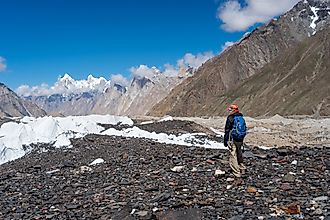
The Soviet Union
The Soviet Union, formally known as the Union of Soviet Socialist Republics, or USSR for short, was a country that was composed of 15 different units, known as republics.

Lake Titicaca
Lake Titicaca is located between Peru and Bolivia and is the largest freshwater lake in South America. It is situated at 3,810 m above sea level.

Cumberland Plateau
The Cumberland Plateau is located within the Appalachian Mountains - specifically in the Appalachian Plateau.
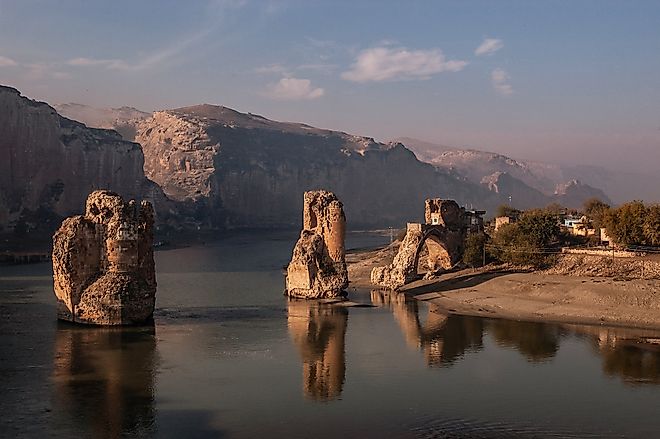
Tigris River
Tigris and Euphrates Rivers are important rivers in the Fertile Crescent and have supported the cities along its bank for centuries.
Yamuna River
The Yamuna River is one of North India’s major rivers and besides the River Ganges, it is also regarded as one of the most sacred rivers of India.
Gulf Of California
The Gulf of California is surrounded by the Mexican states of Sonora, Sinaloa, Baja California, and Baja California Sur.
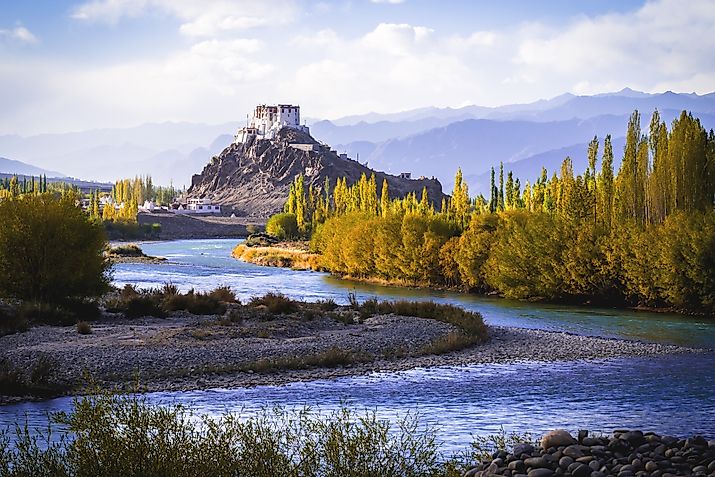
Indus River
The Indus River is a long transboundary river in the Continent of Asia that is shared by the countries of China, India, and Pakistan.
Mount Aconcagua
Mount Aconcagua is the highest mountain in South America and the tallest in the Western and Southern Hemispheres.
Drakensberg Mountains
The Drakensberg consists of Southern Africa’s highest mountain range, with several peaks rising to more than 3,480m above sea level.

Danube River
The Danube River is the second-longest river of the European continent, after the Russian Volga River. It drains into the Black Sea via the Danube Delta. T

Difference Between A State And A Nation
Whereas a nation is a group of people who share common characteristics, a state is a sovereign territory with defined borders, a permanent population, and a functioning government.

Nagorno-Karabakh
Nagorno-Karabakh is a landlocked area in Transcaucasia (South Caucasus) located in Karabakh, a geographic area lying between Zangezur and lower Karabakh.

Corn Belt States
Before 1850, American settlers in what became the Corn Belt confined themselves to farming in forested areas or grasslands that were adjacent to woodlands.

Rudyard Lake, Staffordshire
Rudyard Lake is a reservoir located in the lakeside village of Rudyard, to the northwest of the market town of Leek in Staffordshire County in England.

